Smart Greenhouse for Sustainable Agriculture: SenseCAP LoRaWAN Enables Tropical Fruit Cultivation in Northern China
By Ye Seong SHIN 3 years agoLaiwu Tropical Fruit Cultivation Project portrays a successful case of our SenseCAP LoRaWAN series applied to smart greenhouse farming of tropical fruits in Northern China. Through this Project, Northern farmers are equipped with new knowledge on automated greenhouse control, and the value of precision farming. By doing so, the Project can positively influence the UN’s SDGs 10, 2, 1, 8, 9, 12, 11, 16, 13 and 17.
Project Name: Laiwu Tropical Fruit Cultivation Project
Deployment Location: Laiwu, China
Targeted Industry Type: Greenhouse Farming
Project Partner(s): 
For decades, poverty alleviation has been one of the top priorities of China’s national development plans. As rural reforms have been intensifying, the national poverty eradication strategy witnessed a transformation from “relief-oriented” to “development-oriented” model. (Liu et al, 2018). Therefore, rural farmers were encouraged to grow fruits or crops with relatively high economic returns, which can help them to increase their income and improve livelihood conditions. However, owing to the fact that China has a huge surface area, there are big regional differences when it comes to climate and weather conditions, which limits possibilities of growing certain agricultural crops. Geographically speaking, Southern China belongs to “tropical and subtropical zones”, whereas Northern China belongs to the “frigid zone” (Figure 1). (Top China Travel, n.d.).
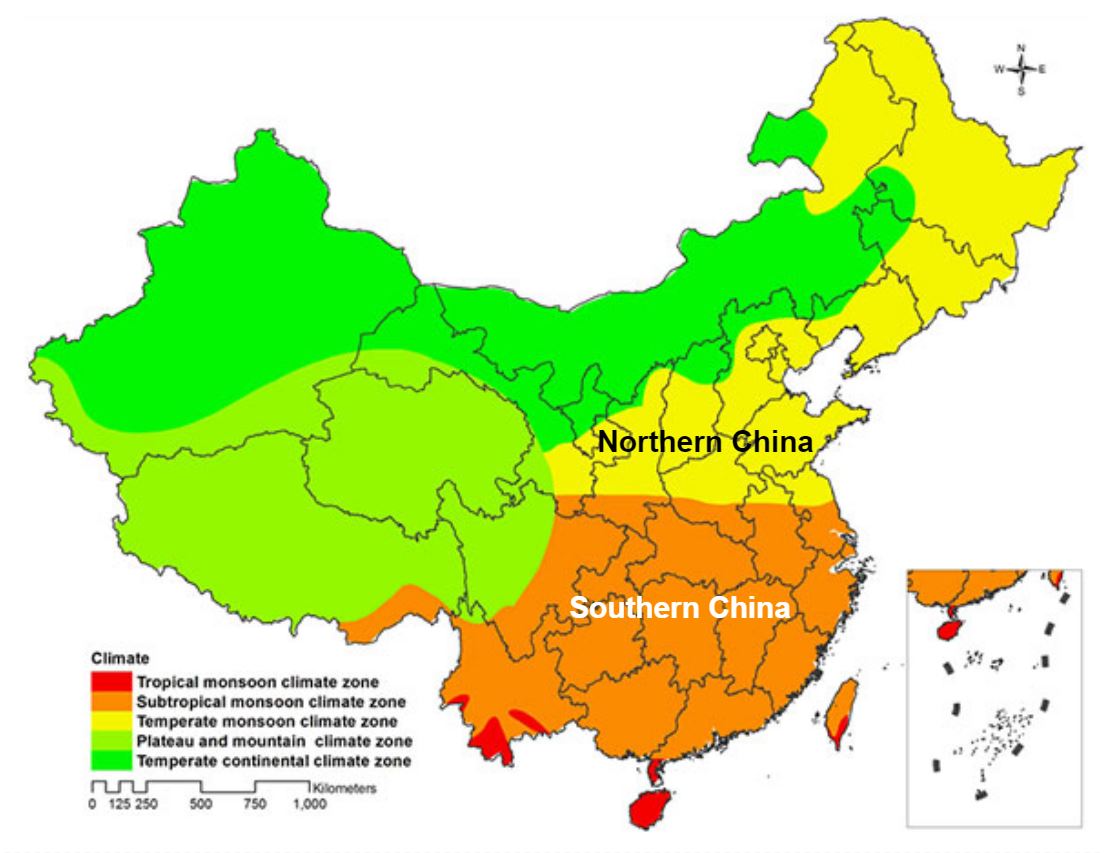
Figure 1. Division of Northern and Southern China on Climate (Top Asia Tour, n.d.)
In real life, Southern China’s hot and humid weather pattern is suitable for growing tropical fruits like wax apples, lychees, mangoes, dragon fruits, jackfruits, mangosteens, durians, and lemons. From the perspective of a rural farmer, growing Southern China’s tropical fruits is more lucrative (coupled with buzzing tourism) than cultivating Northern China’s winter wheat and maize. (Baidu, n.d.). Indeed, this results in different living standards of rural farmers between the South and the North. Moreover, because tropical fruits have increasingly gained popularity in the North, and that they are produced in Southern China, fruit prices became relatively higher in the Northern markets.
These higher prices are attributable to transportation, storage, and other additional logistics costs throughout the whole supply chain. Before the tropical fruits reach the end destination, there are huge amounts of food wastes being generated due to uncontrollable variables. What’s worse, CO2 emission is induced everyday during the transportation process, which is polluting our environment. Yes, delivering the tropical fruits all the way from Southern China’s suppliers to Northern China’s consumers is a lengthy, heavy, costly, and an unsustainable practice. As the consumers are progressively being empowered to lead sustainable consumption lifestyles, they began to prefer locally-grown, visually-imperfect, minimally-processed, unwashed, and low-priced food produce (Gracia & Gómez, 2020).
To reap the benefits of this niche market, upgrade living standards, and fulfill the locally-grown food demand, Northern farmers have been innovating with modern agricultural production technology for sustainable agricultural development, that recently grew into a nationwide trend called “Planting Southern Fruits in the North (南果北种)”.
What’s the Challenge?
How to cultivate tropical fruits in Northern China by minimizing the overall management costs?
What’s the Project About?
In order to contribute to the “Planting Southern Fruits in the North” movement, Kebai Sciences (an IoT system integrator for agriculture based in Beijing) invited us to join its first pilot project – Laiwu Tropical Fruit Cultivation Project – in April, 2019. For this case, Laiwu in Shandong Province of Northern China was selected as the project site, since the farmers in Laiwu were willing to embrace the concept of the movement in an AI and IoT-enabled greenhouse of Kebai Smart Agriculture Industrial Park (Figure 2). Our SenseCAP sensors and a central gateway were deployed inside the greenhouse of the Park to collect and accumulate significant environmental data for farming experts to provide evaluation on precision farming and smart agricultural techniques that can eventually bring benefits to the rural farmers in the region.
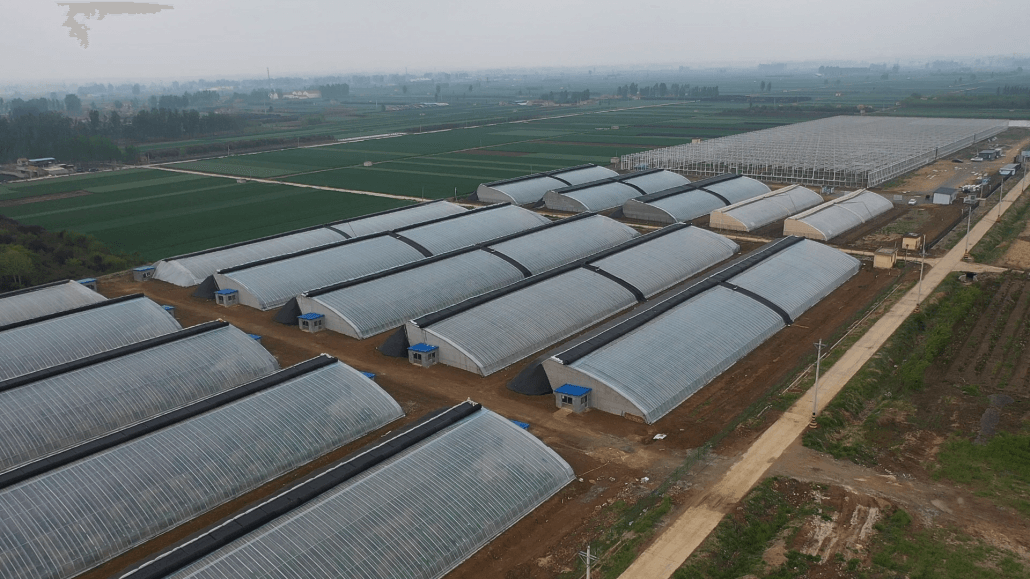
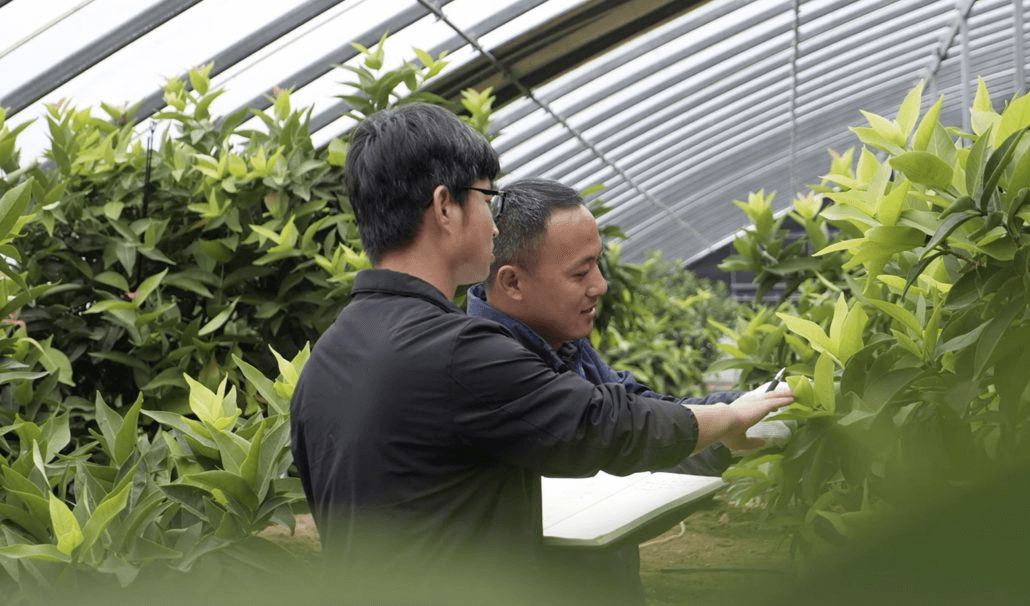
Figure 2. Greenhouses at Kebai Smart Agriculture Industrial Park in Laiwu
Our partner, Kebai Sciences is a company dedicated to providing tailored IoT solutions for local farmers and agribusiness in open-field and controlled environment settings (Ellis, 2021). For more than 10 years, Kebai Sciences has been researching and developing intelligent, high-performing, and low-cost IoT systems and data processing applications (Figure 3). Their agricultural IoT solutions have been applied to more than 30 countries to date, and their core competitiveness lies in serving the users with the most efficient production and productivity techniques in modern agriculture. Agricultural product quality traceability, pollution control, as well as disaster prevention and mitigation are some of their strong suits.
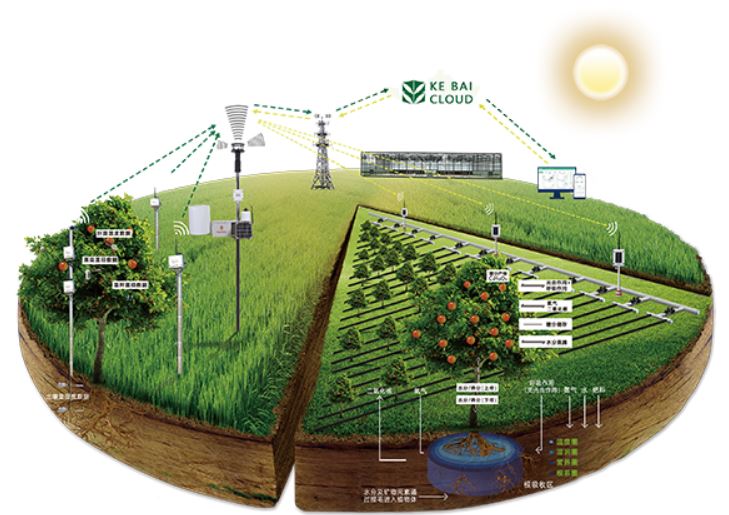
Figure 3. Agricultural IoT Solution of Kebai Sciences (Kebai Sciences, n.d.)
Kebai Smart Agriculture Industrial Park in Laiwu is Kebai Sciences’ industrial park of large-scale greenhouses, where IoT and big data technologies are deployed to adjust various environmental data on soil, temperature, humidity, and other factors necessary for growing tropical and subtropical fruits within the controlled greenhouses. Because Laiwu is in Northern China, tropical and subtropical fruits cannot be grown under normal circumstances due to its unsuitable climate conditions. However, at Kebai Smart Agriculture Industrial Park, many of those fruits are being cultivated, such as wax apples, papayas, and lemons (Figure 4). (Jinan Daily, 2021).
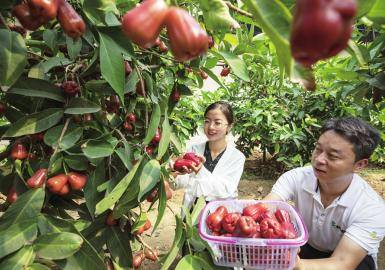
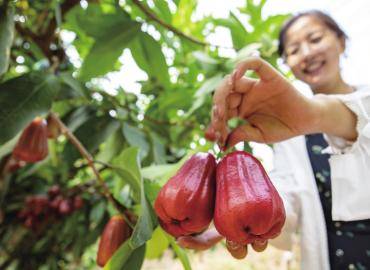
Figure 4. Tropical Fruits Grown in Kebai Smart Agriculture Industrial Park
(Jinan Daily, 2021)
At the beginning of Laiwu Tropical Fruit Cultivation Project, the farmers were experimenting on growing wax apples in one greenhouse at the Park, and they made 2 observations:
- The greenhouse environment needs to be strictly monitored and controlled to replicate the climatic environment of the South. Otherwise, the fruit quality would be compromised.
- The labor cost for managing the greenhouse is high. Therefore, there needs to be a system, which can automatically control the quantity of fertilizers, ventilation periods, and appropriate thermal and irrigation patterns.
With the farmers’ feedback, the Project deployed SenseCAP sensors and a gateway in the greenhouse, and the following environmental data was collected and monitored in real-time: CO2, light intensity, soil temperature, soil moisture (VWC), soil electrical conductivity (EC), and photosynthetically active radiation (PAR). These sensors’ data was collected by LoRaWAN sensor nodes, and then sent to the SenseCAP Cloud Server through the LoRaWAN gateway. Then, the integrated data was displayed on our partner’s data platform (Figure 5).
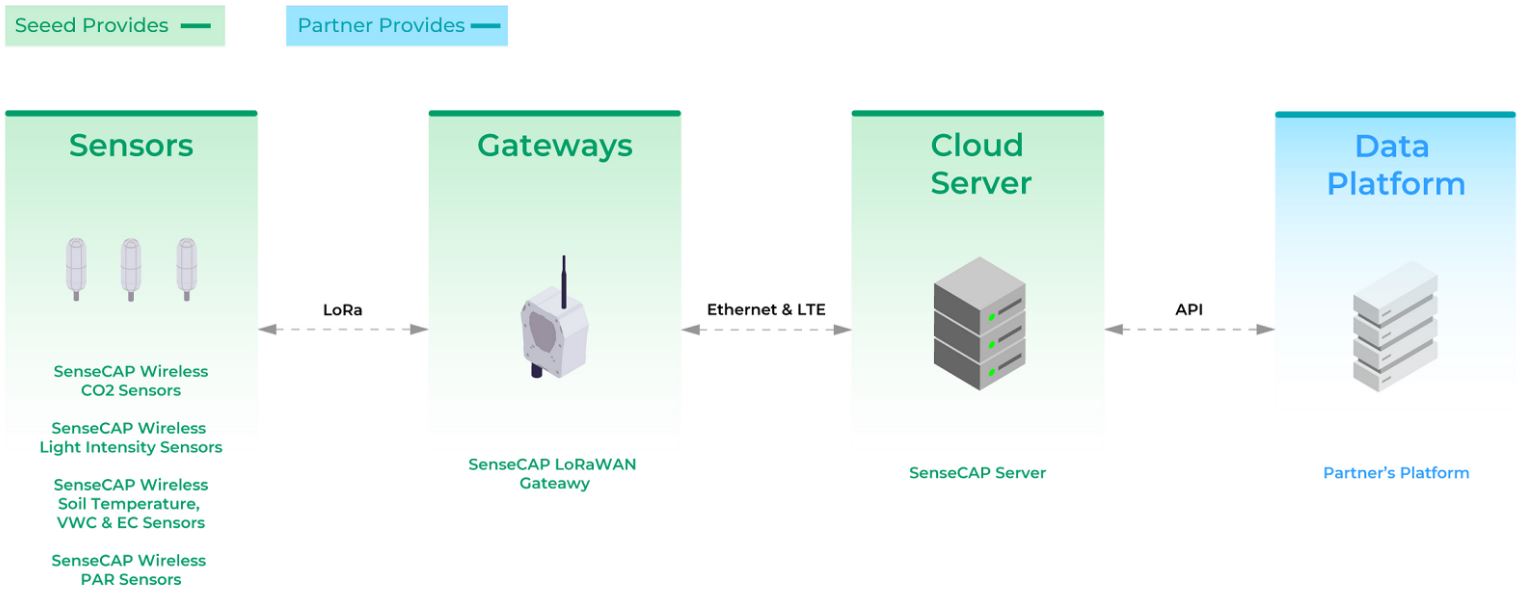
Figure 5. System Deployment Diagram of Laiwu Tropical Fruit Cultivation Project
While the SenseCAP series provides wireless sensor network solution to collect and monitor environmental data, our partner integrated SenseCAP solution with the controlling system to achieve the following goals, which took account of the farmers’ observations (Figure 6):
- Automatically fertilize and irrigate: When SenseCAP detects deficiency lower than the preset value in soil moisture or fertilizer, it triggers the fertilizing and irrigation systems to fertilize and water the tropical fruits.
- Automatically turn on the ventilation system: SenseCAP is connected to the ventilation system, which is activated to cool the greenhouse down when the temperature is detected to be higher than the preset value for optimal growth.
- Automatically manage the thermal blanket outside: The greenhouse thermal blanket helps to retain 95% of the radiant heat, and minimize condensation by retaining air, moisture, and vapor inside the greenhouse. When SenseCAP is connected to the control system of the thermal blanket, they can be folded or unfolded based on the monitored environmental data.
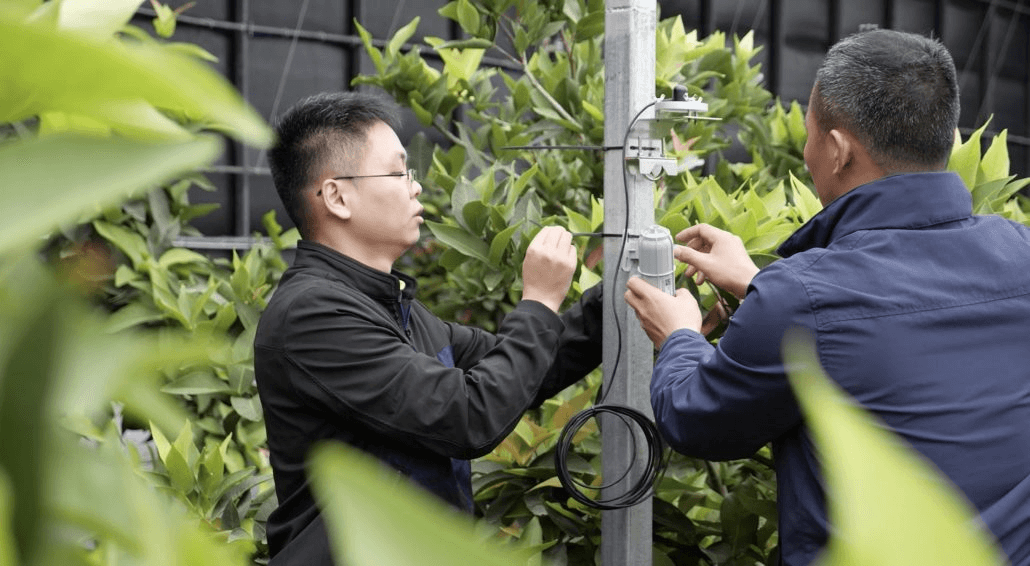
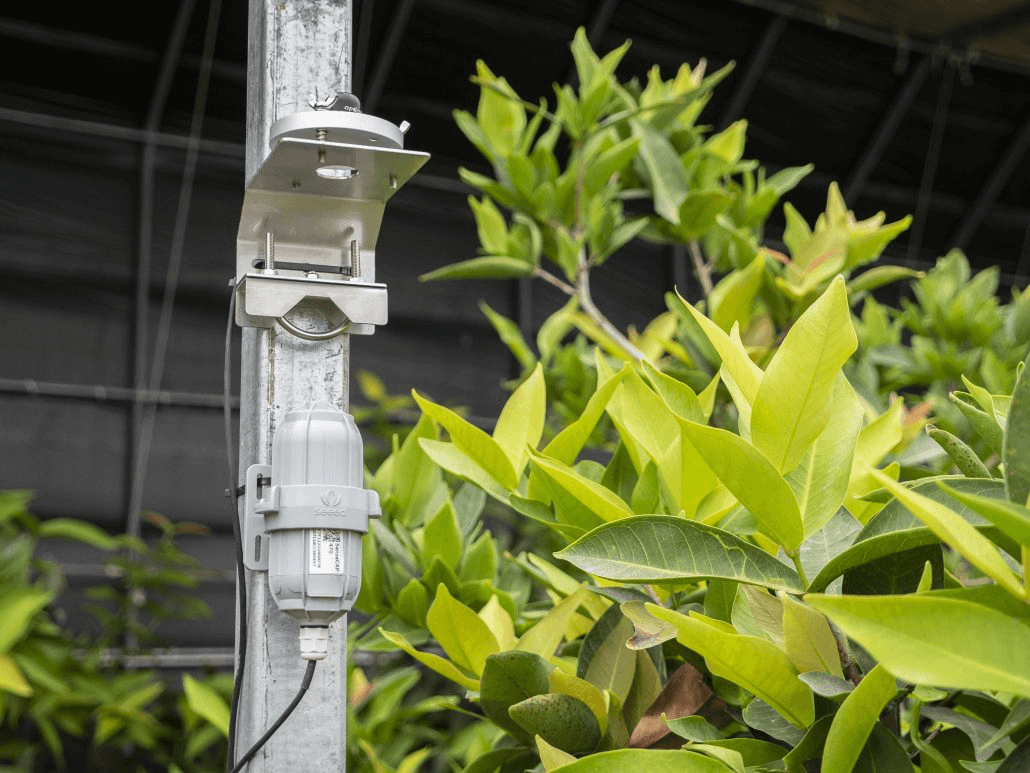
Figure 6. SenseCAP Deployed in the Greenhouse
Now, for your curiosity, the SenseCAP LoRaWAN sensors and gateways deployed in the greenhouse of this Project include the following IIoT devices:
- SenseCAP Outdoor Gateway – LoRaWAN
- SenseCAP Wireless CO2 Sensor – LoRaWAN
- SenseCAP Wireless Light Intensity Sensor – LoRaWAN
- SenseCAP Wireless Soil Temperature, VWC & EC Sensor – LoRaWAN
- SenseCAP Wireless PAR Sensor – LoRaWAN
As a result of this Project, tropical fruits are blooming in the IoT-enabled greenhouses in Laiwu. One of the employees of Kebai Smart Agriculture Industrial Park celebrated the success of “Planting Southern Fruits in the North” case of Laiwu (Yan, 2019):
“By continuously simulating the Southern climate, with a survival rate of more than 95%, we can confidently claim to have achieved the scale of the “Planting Southern Fruits in the North. … Through the IoT combined with modern agricultural facilities such as greenhouses, we are able to provide a more suitable cultivation environment for tropical crops at very low costs, while reducing pests and diseases in the crops.”
Moreover, a Greenhouse Project Expert at Kebai Smart Agriculture Industrial Park, Mr. Han, praised our IIoT solution:
“Working with Seeed has been a great pleasure. It’s been really useful to introduce SenseCAP, the industrial sensor network solution to our smart agriculture park, as it shows us the precise data, and helps our existing system to perform automatically. This creates a much better growing environment for the wax apples. We have had a lot of support from the Seeed technical team.”
After deploying our SenseCAP series, we received a package of freshly-harvested wax apples from the farmers in August, 2019. To our surprise, the wax apples actually tasted sweeter than those in the South, thanks to the longer length (higher light intensity) of the summer days of the North.
Which SDGs Are Relevant?
To reconnect Laiwu Tropical Fruit Cultivation Project with UN’s 17 SDGs, we identified 10 SDGs interlinked with the Project (Figure 7):
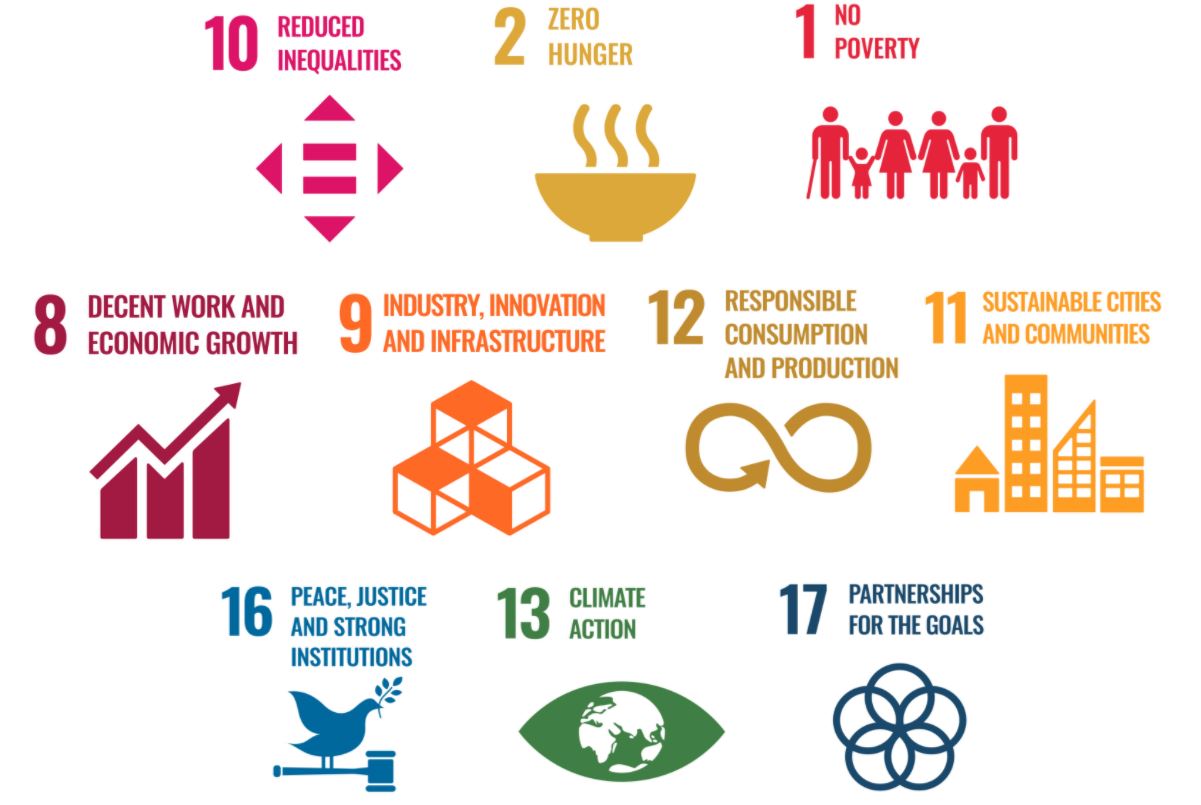
Figure 7. 10 SDGs Influenced by Laiwu Tropical Fruit Cultivation Project (UN, 2016)
Although there are only 17 SDGs set by the UN and its Member States, there are actually 169 Targets (detailed goals and scopes for each SDG) within the SDGs. For today’s Project, the following Targets share a message on how Seeed is working diligently to advance the SDGs above. Meanwhile, we, together as a Maker Community, should be heading for building a sustainable world for all:
- Decrease income disparities (Target 10.3)
- Augment agricultural incomes of small-scale farmers and their productivity through providing opportunities for commodity value creation, and by investing in agricultural research and technology (Targets 2.3 & 2.A)
- Mobilize diverse resources through upgraded development cooperation to execute programs to eradicate multidimensional poverty (Target 1.A)
- Enhance higher levels of economic productivity through innovation, development-oriented policies, and resource efficiency in production (Targets 8.2, 8.3 & 8.4)
- Facilitate sustainable technology research and development focusing on affordable and equitable accessibility (Targets 9.1, 9.5, 9.A & 9.B)
- Support sustainable production and consumption, like locally-grown food produce (Targets 12.A & 12.B)
- Advance sustainable and environmentally-sound management of resource efficiency, chemicals, wastes, and develop monitoring tools for sustainable development impacts (Targets 12.2, 12.4 & 12.5)
- Endorse positive socio-economic and environmental bonds among urban, peri-urban, and rural areas (Target 11.A)
- Secure inclusive, participatory, and representative decision-making, i.e., inclusion of rural farmers and other stakeholders on the field (Target 16.7)
- Strengthen awareness-raising, institutional and human capacity on climate change adaptation and mitigation (Target 13.3)
- Encourage knowledge transfers between urban and rural areas, and targeted capacity building on eco-friendly technologies (Targets 17.6, 17.7 & 17.9)
To sum up, Laiwu Tropical Fruit Cultivation Project is a manifestation of our future agriculture, in which various fruits or crops can be cultivated indoors, not limited by geographic locations or climate conditions. When we put this idea into the global scope, this implies that IoT solutions have opportunities to expedite the process of solving the world’s hunger issues by making smart greenhouse farming available for every part of the world. In the end, we would be honored and happy to contribute to building such an equitably equal society by deploying modern agricultural production technology, like our SenseCAP LoRaWAN series.
Together with our partners, we bring our lofty goals into reality by believing, speaking out loud, making, scaling-up, valuing, and building our destiny. Let’s create sparks of uniqueness+, the better of everything+, and the more of everything+.
About Author
Ye Seong SHIN
Sustainability and CSR Manager at Seeed Studio
。
Jointly organize/participate in multi-stakeholder projects/platforms/events/webinars/workshops/hackathons/etc. to accelerate SDGs with local communities and open tech anywhere in the world by connecting with Ye Seong SHIN today on LinkedIn.
。
Seeed Studio is the IoT and AI solution provider for all types of traditional industries’ sustainable digitalization. Since its establishment in 2008, Seeed Studio’s technological products and customization services are used for smart agriculture, smart cities, smart environmental monitoring, smart animal farming, smart aquaculture, meteorological monitoring, STEAM education, and all types of emerging scenarios enabled by the Industry 4.0. With the company’s mission to “Empower Everyone to Achieve Their Digital Transformation Goals” (which shares similar values with SDGs’ Motto of “Leave No One Behind”), Seeed Studio is devoted to using open source technologies for accelerating SDGs with multi-stakeholders from UN agencies, academia, companies, CSOs, governments, public/private organizations, and so on. This is why, Seeed Studio also founded “Chaihuo Maker Space”, and started China’s first Maker Movement by annually organizing “Maker Faire Shenzhen”.